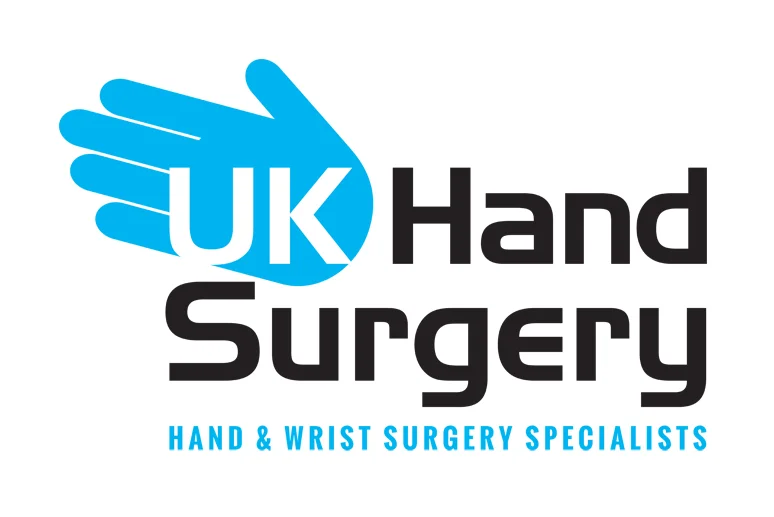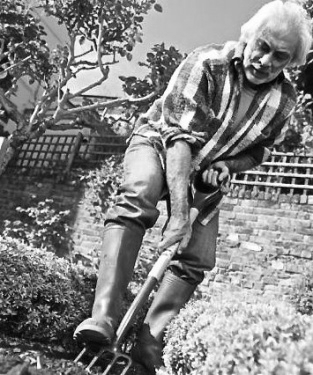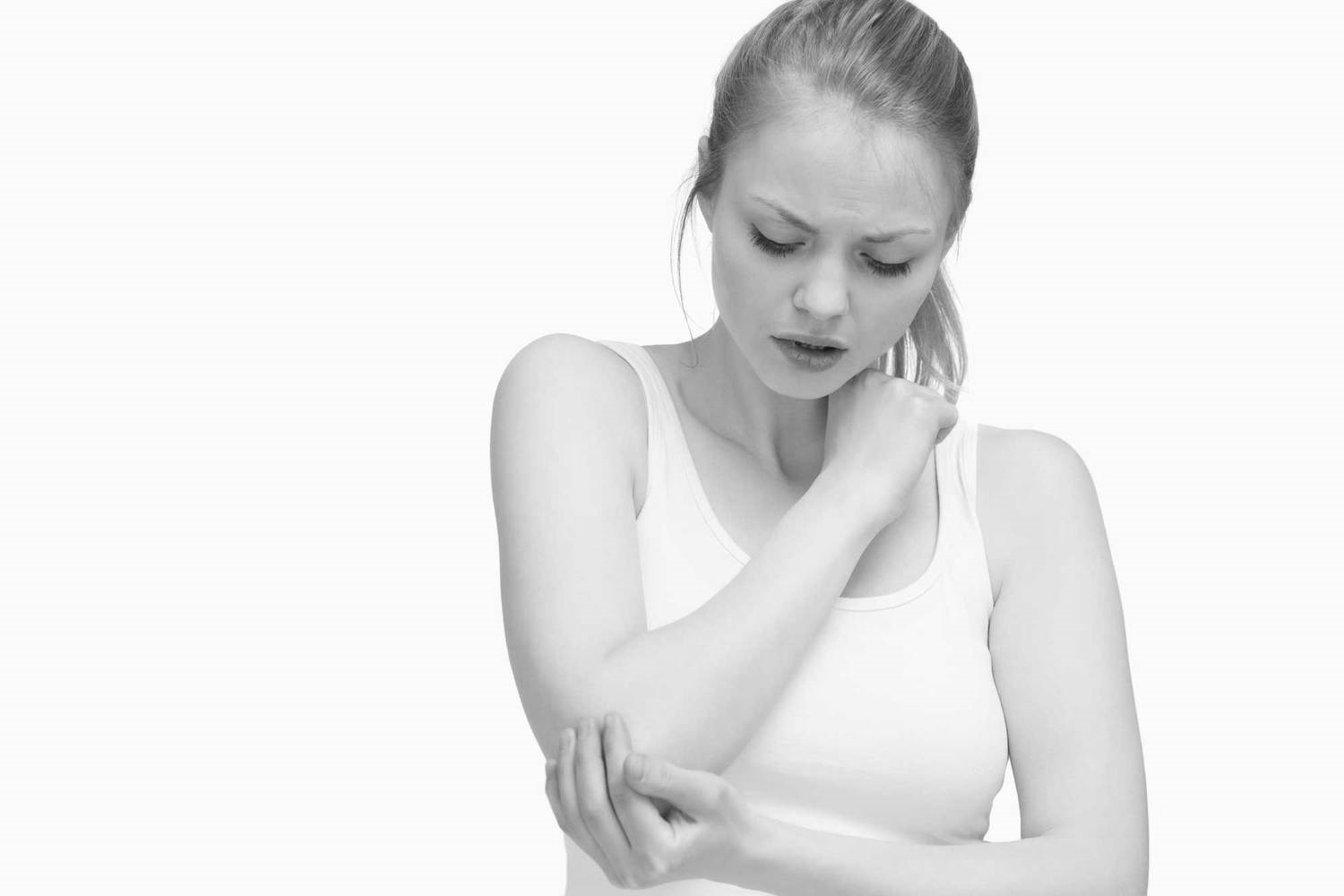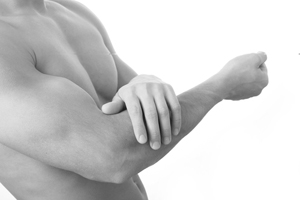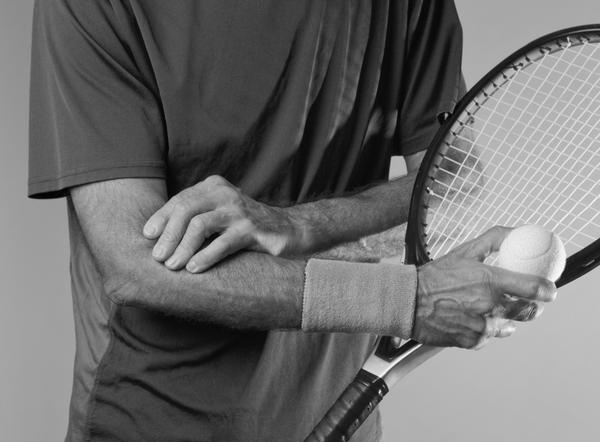Elbow Stiffness
Elbow stiffness is the inability to fully bend or straighten the arm which can affect everyday activities such as dressing, washing and eating, and potentially work. Some patients may experience a “grinding” noise or sensation when moving the elbow due to joint degeneration, in many cases this is caused by arthritis taking the form of one of the following;
- Primary osteoarthritis
- Secondary osteoarthritis (as a result of previous trauma or infection)
- Rheumatoid arthritis
Osteoarthritis involves the loss of the normal smooth joint surface, either due to everyday stresses, accumulating gradual damage to the joint cartilage (primary osteoarthritis) or due to an accelerated process involving direct injury to the joint surface e.g. by fractures or joint dislocations (secondary osteoarthritis).
Damage to the stabilising ligaments of the elbow may also place abnormal stresses on the joint surface and lead to secondary osteoarthritis. This usually occurs in patients who have particular occupations or play sports which involve a higher than normal amount of stress to the elbow.
Arthritis of the elbow can lead to small fragments of bone becoming loose in the joint, which can cause a catching or sharp pain on movement. Although the Elbow joint does not develop Primary Osteoarthritis as commonly as other joints, eg. The hip and knee, secondary osteoarthritis can occur in the joint due to the impact of a fall or heavy impact from contact sports such as Rugby.
Treating Elbow Stiffness
A discussion and examination with our consultant will identify the exact cause of the problem and an X-ray or MRI / CT scan may be used to assess the severity of the damage and any loose pieces of bone that may be affecting the mobility of the elbow joint and causing pain.
The first stage of your treatment may involve Physiotherapy to manipulate the joint and ease the symptoms, and steroid injections can also be used to manage the pain you are experiencing. Following this treatment it may be necessary to perform surgery to try and resolve pain and restore functional mobility.
Surgical treatment is aimed at restoring a pain free functional range of elbow movement, by removing damaged parts of the joint that obstruct movement and in some patients by fitting a new elbow joint.
After surgery
Taking simple painkillers (e.g. paracetamol, ibuprofen) regularly for the first few days after surgery will help reduce any post-operative pain.
In partnership with our physiotherapist we will work with you on a range of exercises that will aid your recovery and support the return to the normal function of your elbow and full mobility
